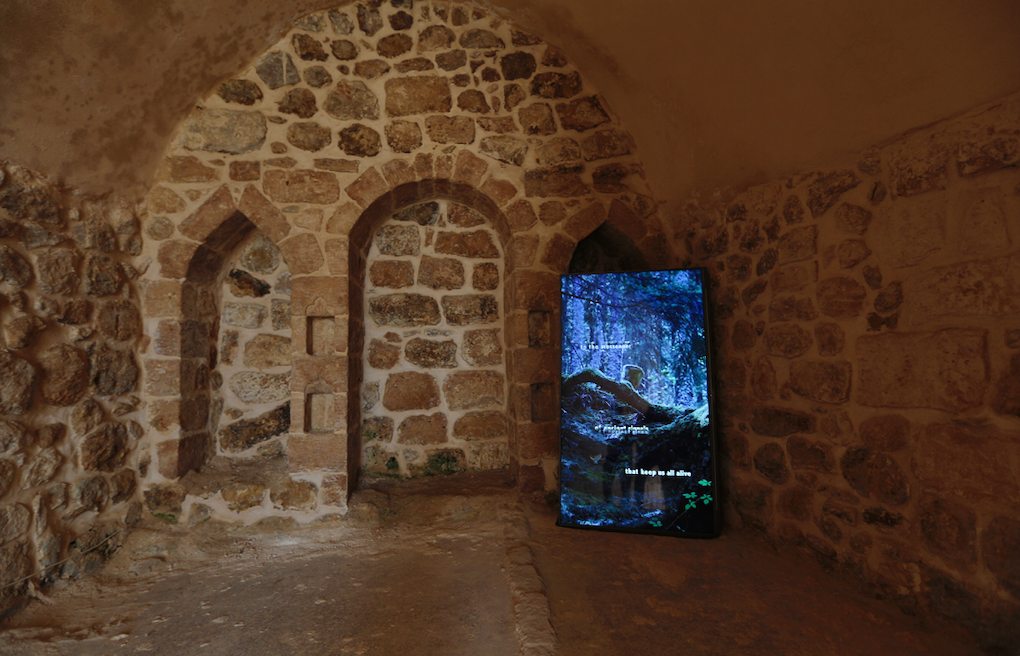
Group exhibition curated by Flóra Gadó and Dalma Eszter Kollár, with works by artists David Eisl, Marta Fišerová Cwiklinski, Kitti Gosztola – Bence György Pálinkás, Nona Inescu, Mónika Kárándi, Stella Koleszár, Dániel Máté, Barbara Mihályi, Uriel Orlow and Sergio Rojas Chaves.
The exhibition’s point of departure is the extent to which our attitude to care has changed in recent years as a result of the pandemic. Exploring the small, even invisible manifestations of caring and how it can extend to the non-human world around us, the exhibition focuses on plants. A number of artistic strategies are represented in which, through attention to and collaboration with the flora of our immediate environment, a more liveable future for more than just humans gains significance. The former symbolism of plants, flowers and fruits is replaced by current interpretations seeking a way out of contemporary crises.
External Link →


















